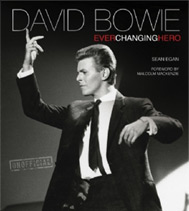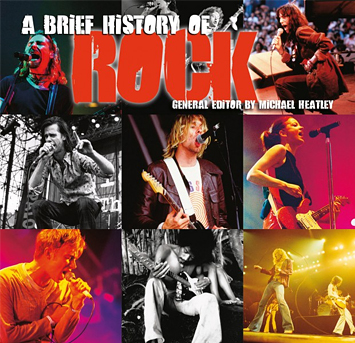Instruments | Heckelphone | Late Romantic | Classical
The heckelphone was developed by William Heckel after he heard from Wagner in 1879 that the orchestra lacked a powerful baritone double-reed instrument. Accordingly, he experimented with the oboe family and produced the first heckelphone in 1904. Built in three sections, it has a wider bore than the oboe, and is played using a bassoon-type reed mounted on a curved crook. The instrument in C has a compass running A to G sharp; the E flat instrument runs C sharp to F sharp and the piccolo heckelphone plays E to A sharp. Instead of ending in a flaring bell it ends in a bulb, similar in shape to an English horn. The heckelphone can be heard in Richard Strauss’s opera Salome.
Styles & Forms | Late Romantic | Classical
Instruments | English Horn (Cor Anglais) | Late Romantic | Classical
AUTHORITATIVE
An extensive music information resource, bringing together the talents and expertise of a wide range of editors and musicologists, including Stanley Sadie, Charles Wilson, Paul Du Noyer, Tony Byworth, Bob Allen, Howard Mandel, Cliff Douse, William Schafer, John Wilson...
CURATED
Classical, Rock, Blues, Jazz, Country and more. Flame Tree has been making encyclopaedias and guides about music for over 20 years. Now Flame Tree Pro brings together a huge canon of carefully curated information on genres, styles, artists and instruments. It's a perfect tool for study, and entertaining too, a great companion to our music books.

David Bowie
Fantastic new, unofficial biography covers
his life, music, art and movies, with a
sweep of incredible photographs.


